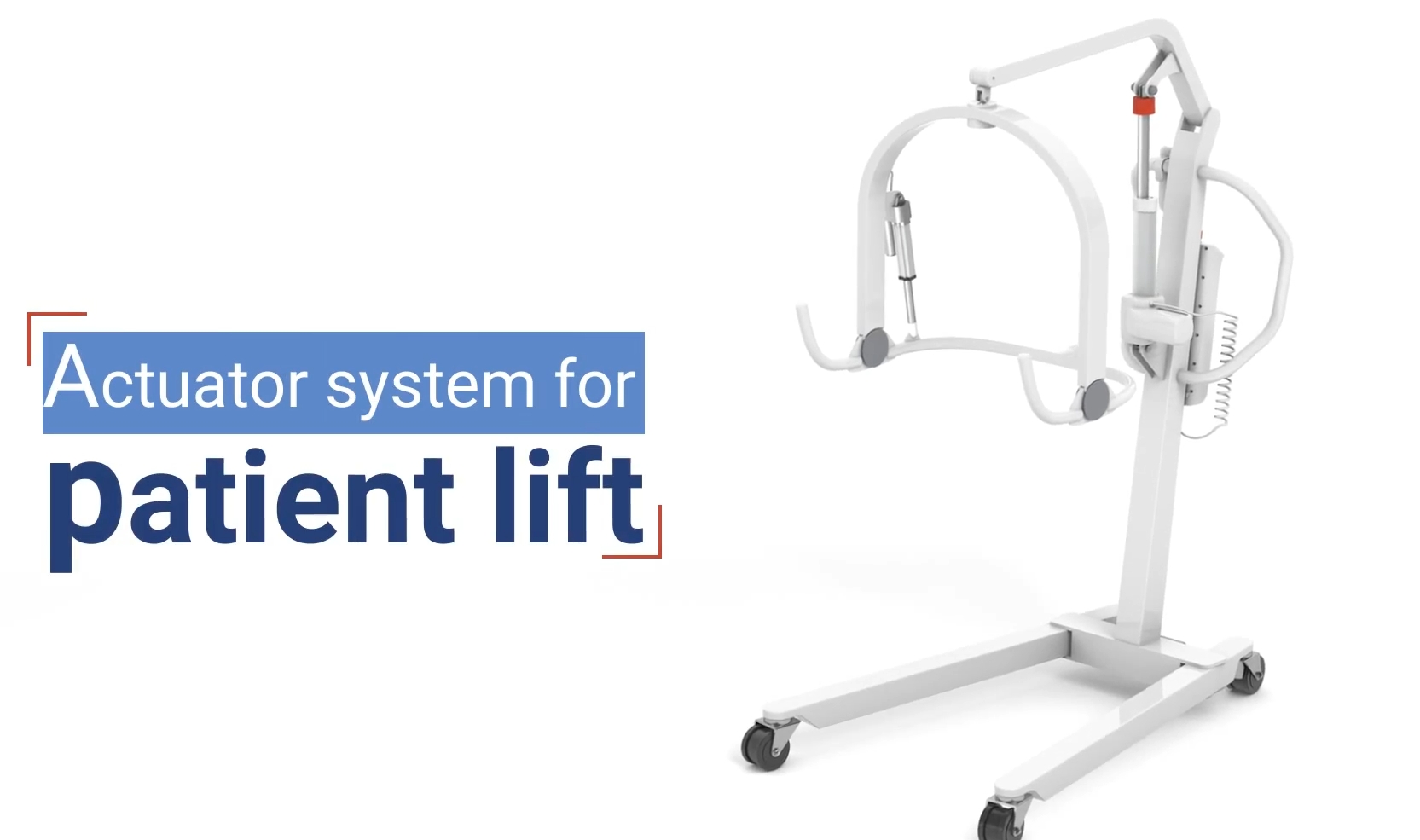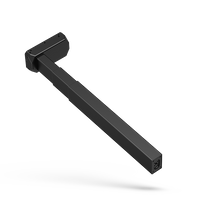- Home
-
- TF Integrated Workstation
- TT Integrated Station
- TS Single-Person Station
- TO Single-Person Station
- Advanced Office Table
- Manager Table
- Odette Conference Table
- Lifting White Board
- Lifting Podium
- Working Port
- Zen Standing Desk
- Lifting Coffee Table
- Home Standing Desk
- Nature Standing Desk
- Invictus Gaming Desk
- Study Desk
-
-
- Electric Hospital Bed
- Image Equipment
- Examination Bed/Clinic Bed
- Operation Table and Chair
- Infant Incubator
- Independent Weighing System
- Home Care Bed
- Patient Lift
- Wheelchair
- Toilet Lift
- Bath Lift
- Shower Trolley
- Smart Rollator Walker
- Ophthalmic Workstation
- Treatment Chair
- Facial Chair
- Traction Table
- Massage Chair
- OT Training Equipment
- Stand-up Application
- Rehabilitation Robot
-
-
- Photovoltaic Application
- Photothermal Application
- Energy Storage Container
- Tractor
- Seeder
- Fertilizer Spreader
- Harvester
- Rotary Cultivator
- Climate Control System
- Automatic Feeding System
- Excavator
- High Altitude Work Platform
- Garbage Truck
- Street Sweeper
- AMR Automated Guided Vehicle (AGV) and Autonomous Mobile Robot (AMR)
- Forklift Accessories
- Palletizing Collaborative Robots
- Packaging Machine
- Mobile Light Tower
-
-
Benefits of Patient Lifts in Nursing and Rehab Centers
Views: 0 Author: Site Editor Publish Time: 2025-05-26 Origin: Site
In modern nursing homes and rehabilitation centers, patient care has evolved to prioritize safety, comfort, and efficiency. Among the key innovations is the ceiling mounted patient lift systems, designed to ease the physical burden on caregivers while enhancing patient dignity and mobility. This article explores the remarkable advantages of ceiling track patient lift systems solutions, revealing how they are transforming care environments with smarter, safer lifting and transfer processes.
To ensure a comfortable and safe nursing experience, it is recommended to install a ceiling mounted patient lift system. Designed to provide stable and safe transfers while minimizing physical stress on patients and caregivers, this system is an ideal solution for nursing homes and rehabilitation centers. Here are the advantages of ceiling mounted patient lift systems.
1. Provide a Comfortable and Safe Nursing Experience

The ceiling mounted patient lift systems provide patients with a comfortable and smooth mobility experience through a stable hanging rail design and a safe sling, reducing possible discomfort during transfer. Caregivers can also complete nursing operations efficiently with less physical burden, reducing accidental risks and work pressure. The ceiling mounted patient lift systems are particularly suitable for long-term care and rehabilitation environments, helping to create a safe, comfortable and humane nursing space and improve the quality of care.
The ceiling track patient lift systems can move seamlessly between rooms and bathrooms, making transfers smoother and more efficient. Its versatility also supports rehabilitation training and auxiliary use, enabling institutions to adapt to different care needs and improve patients' rehabilitation experience. The following two points are the flexible applications of ceiling track patient lift systems:
2. Seamless Movement Between Rooms and Bathrooms
The flexible design of ceiling track patient lift systems allows patients to be easily transferred between rooms and bathrooms without repeated equipment changes or manual operations. The reasonable layout of the track supports smooth movement and precise positioning, providing patients with a consistent care experience and reducing the risk of accidental slips. In addition, caregivers can also achieve efficient and barrier-free care work through one-click operation, improving overall care efficiency and quality.
3. Rehabilitation Training and Auxiliary Use
The ceiling track patient lift systems are not only used for transportation, but also support rehabilitation training and auxiliary activities. With the help of caregivers, patients can perform rehabilitation training such as standing and walking to enhance muscle strength and balance. The stability and adjustability of ceiling track patient lift systems ensure the safety and adaptability of training, which helps to improve the rehabilitation effect, help patients gradually restore their ability to take care of themselves, and rebuild their confidence and independence.
In practical applications such as rehabilitation centers and nursing homes, ceiling track patient lift systems have proven their practicality. It simplifies patient transport, supports activity training, and ensures safer transfer, demonstrating its value in providing excellent care in various care environments. The following are some practical applications:
4. Practical Application of Patient Lift System in Rehabilitation Centers and Nursing Homes
(1) Daily patient transfer

The patient lift system is often used to assist caregivers in safely transferring patients with limited mobility from beds to wheelchairs, sofas, toilets, etc., reducing the risk and burden of manual transport and improving care efficiency.
(2) Bathroom and toilet assistance
The ceiling track patient lift system enables seamless transfer from the bedroom to the bathroom and toilet, which is especially suitable for the elderly or critically ill rehabilitation patients who require round-the-clock care, ensuring a safe, hygienic and dignified transfer process.
(3) Rehabilitation training assistance
The patient lift system can be used in rehabilitation programs such as gait training and standing training to help patients gradually restore their physical functions, improve muscle strength and sense of balance, and conduct safe and controllable training under the guidance of professional caregivers.
(4) Improve nursing quality and safety
Reduce back injuries caused by physical lifting for nursing staff, reduce the risk of patients falling and slipping, and effectively improve the safety and professionalism of the overall nursing environment.
(5) Improve patient comfort and autonomy
Through personalized adjustment, soft slings and other designs, patients can maintain comfort during transportation. At the same time, some systems support patients to operate by themselves, enhancing their self-care ability and sense of dignity.
(6) More flexible space utilization
The ceiling track patient lift systems do not occupy ground space, adapt to various room layouts, and provide a cleaner and more open activity area for the nursing environment.
Conclusion
In conclusion, the implementation of ceiling mounted patient lift systems and ceiling track patient lift systems technologies represents a significant advancement in nursing homes and rehabilitation centers. These systems not only ensure safer, more comfortable patient handling but also improve caregiver efficiency and reduce injury risks. As care environments continue to evolve, these systems are set to become essential for delivering high-quality, patient-centered care.
The JIECANG linear drive product platform not only provides Patient Lift System medical care related products and services, but also provides drive and intelligent control solutions for related industries such as smart office, smart home, and industrial automation.
Patient Lift System FAQs:
1.What is the difference between Hoyer lift and patient lift?
Definition and Purpose. A patient lift is a broad term for devices designed to assist in the transfer of individuals with mobility challenges. While Hoyer lifts are a subset of patient lifts, this category includes a wider range of lifting devices, each tailored to specific needs and settings.
2.Does Medicare pay for patient lifts?
The quick answer to “Does my Medicare pay for a patient lift?” is, yes. But only under certain circumstances and only for specific types of lifts. Medicare will cover 80% of the cost for a manual Hoyer lift. You will be responsible for the 20% coinsurance, unless you have a secondary insurance that covers this amount.
3.Is it illegal to use a Hoyer lift with one person?
As such, one of the first questions asked by someone who is considering the purchase of a Hoyer lift is whether or not it can be used by one person. While every situation is unique, in most cases the answer is yes.
Related Articles
QUICK LINKS





























